General facts and figures
- Located in Lake County, Ohio, Kirtland’s population was 6,859 at the 2010 census.
- Kirtland is located at 41°36′9″N 81°20′41″W (41.602581, -81.344706).
- According to the United States Census Bureau, the city has a total area of 16.80 square miles (43.51 km2), of which, 16.67 square miles (43.18 km2) is land and 0.13 square miles (0.34 km2) is water.
- Kirtland is located south of the lake shore plain of Lake Erie and is situated on the higher elevations of the Allegheny Plateau. The principal geographic features are the East Branch of the Chagrin River, Pierson’s Knob, and Gildersleeve Mountain, 1,163 feet (354 m) Daniel’s Mountain,1,246 feet (380 m) is the high point.
- Kirtland is primarily a residential community. Over 20 percent of the land area is forest preserve or park land.
Education
Kirtland is a close-knit community with excellent schools (http://www.kirtlandschools.org/), ideal for raising a family. The Kirtland School District offers its student population a rigorous academic curriculum that focuses on preparation for higher education, whether that be via enrollment in university or trade schools. While education is the core focus, the schools also offer a variety of extracurricular activities and boast state championship level athletics programs.
Safety
Kirtland boasts award winning city administrative services which provide a safe and peaceful place to call home.
According to cityrating.com, while Kirtland’s crime was already low, the crime statistics continue to report an overall downward trend based on data from the last 12 years.
The crime rate for Kirtland in 2016 was lower than the national crime rate average by nearly 90%.
Kirtland’s police and fire departments pride themselves on the safety of our fair city. They encourage residents to connect with the departments in person or online via their websites or social media to ask any questions. (give links)
Natural Surroundings
Beauty abounds in Kirtland at the nationally recognized Holden Arboretum, Lake Farmpark, and Lake Metroparks. A walk to the summit of Gildersleeve Mountain in Kirtland’s Chapin Forest provides a stunning view of downtown Cleveland on a clear day.
The Holden Arboretum at 3,500 acres (14 km2) is the largest of these, but not all of Holden’s land is located in Kirtland. Three metropolitan parks are also in Kirtland. The largest is Chapin State Forest, at 390 acres (1.6 km2), which includes much of Gildersleeve mountain. Also in Kirtland are Penitentiary Glen, and the Lake Farm Park. Lakeland Community College is located largely in the City of Kirtland, the campus dominating the northern part of the city.
Religious Inclusion
The city is home to over a dozen faith-based organizations, bringing people together to honor their individual beliefs while embracing their shared vision for a better world.
Kirtland is known for being the early headquarters of the Latter Day Saint movement from 1831–1837 and is the site of the first Mormon temple, the Kirtland Temple, completed in 1836.
While often known for its historical ties to the Latter Day Saint movement, Kirtland is a city of inclusion and welcomes individuals of any and all faiths.
Where did the name come from?
After the United States was established, a portion of Northern Ohio was designated as the Western Reserve. A section of the Western Reserve, including Kirtland, was given to the state of Connecticut after the Revolutionary War. The state of Connecticut formed the Connecticut Western Reserve Land Company which sold the land for 50 cents per acre. In addition, soldiers from the Continental Army were granted land in the Western Reserve in payment for their service during the Revolutionary War.
Daniel Holbrook, II, a stockholder in the Connecticut Western Reserve Land Company, obtained land in the Northwest Territory. Most of Holbrook’s parcels, including Kirtland, were given to agent Moses Cleaveland to subdivide and sell. Turhand Kirtland (a principal in the Connecticut Land Company, veteran of the American Revolutionary War, and a judge in Trumbull County) purchased the Kirtland parcel that was later named after him.
In 1803, Ohio was granted statehood and the state was divided into townships. Kirtland Township was initially part of Trumbull County and then Geauga County. In the late 1840’s, Kirtland Township became part of the newly formed Lake County.
Kirtland Township was a farming community with dairies, orchards, poultry and potato farms.

